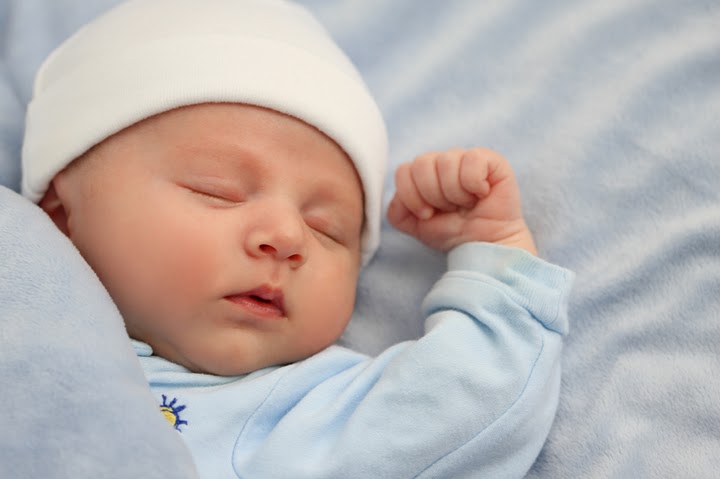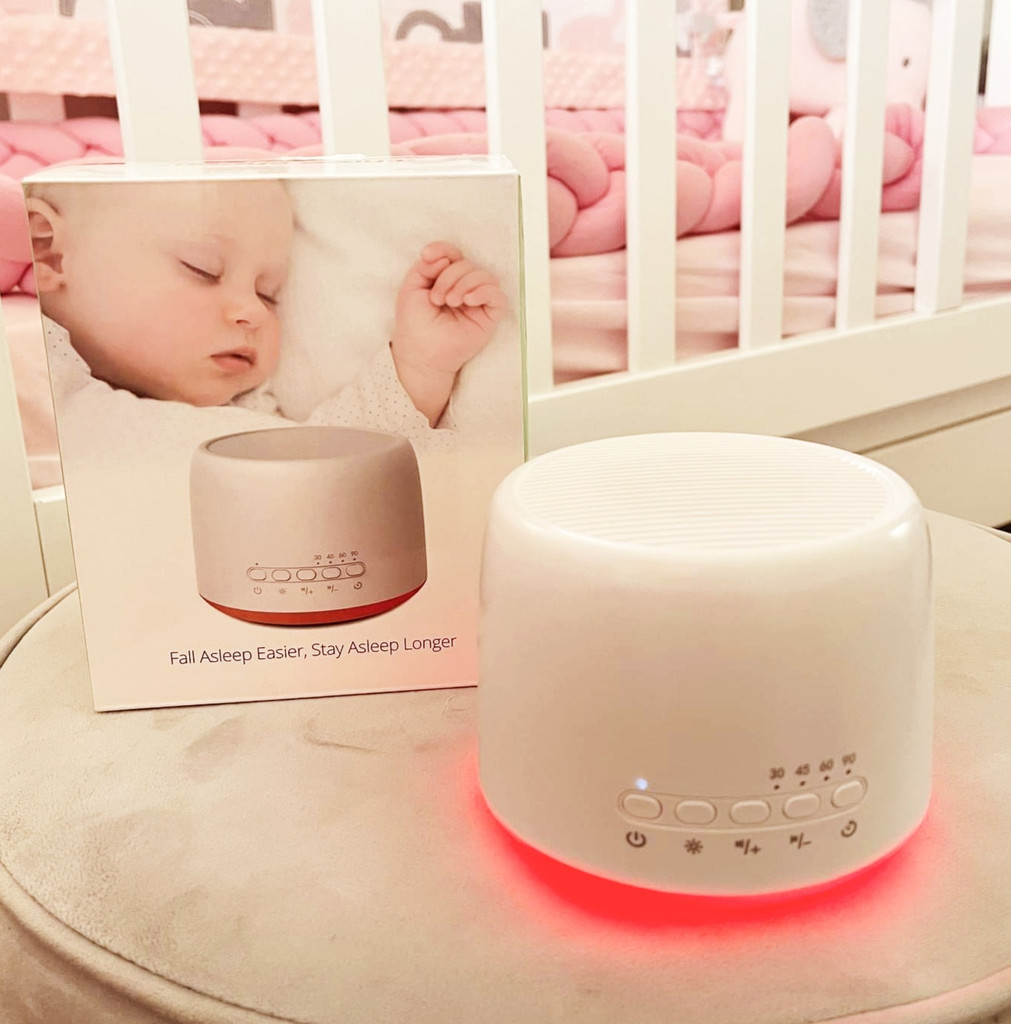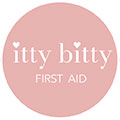White Noise Wonders
Posted by Laura Klein on 15th Apr 2024
It's a fact supported by sleep experts and paediatricians around the world - babies and young children sleep better with background noise!
Constant white noise is considered the most effective, easiest to implement, inexpensive sleep aid for babies and children.
And there's good science to support this claim.

Newborns have just spent the last 9 months in the womb. And the womb is surprisingly and deafeningly loud - heartbeats, blood pumping, fluid swishing and even the sounds of the outside world like music and voices.
In fact, the volume is around 50 decibels, just slightly less than a lawnmower.
They are so used to this hum, that it makes sense to replicate that from the day they are born!
Fast forward to toddler years, and the last thing any parent wants is a sleeping child awoken by a noisy neighbour, an early morning garbage truck, or birds that chirp at dawn.
Loud, low-frequency, consistent sound is perfectly normal to a baby.
‘White noise’ has become the popular term for sound therapy. It can be in the form of any low frequency, consistent hum (think rainfall, ocean, wind whistling, oscillating fan).
Whilst not an instant fix or magic wand, consistent sound therapy can have a huge impact on positive sleep behaviours.
You’ve probably heard your great aunt’s story about how her babies slept straight through while she vacuumed under the cot - and she was right! Best of all, with the right machine, it's an environment you can easily create for your little one.
It's set and forget, and doesn't require Mum or Dad to be right there to keep it going.
The best white noise machine will play for the duration of the day and night time sleep.
Here are 6 great reasons why a noise machine is a magic thing for sleep...
1. White noise reduces stress in babies
What do babies get stressed about? Just about everything. They’re stressed when they’re over-tired, they’re stressed because their world is more stimulating than they’re ready to handle, they’re overwhelmed with lights, faces, and excitement. White noise creates a safe space for them by blocking out that stimulation.
2. White noise helps babies sleep.
They fall asleep more easily and stay asleep longer. Babies experience “sleep transitions”, usually about every 20-45 minutes. Ever wonder why your baby only naps for 20 minutes at a time? Well it’s because when she hits her sleep transition at the 20 minute mark she is unable to fall back into deeper sleep and thus her nap is over.
White noise helps babies gently bridge these transitions to get longer, more restorative naps. It also helps to block out the noise of life (older siblings, doorbells, garbage trucks, etc.) that can interfere with naps and night sleep, particularly around the sleep leap windows of 4 and 9 months.
3. White noise helps babies cry less
Did you know that shushing is a sound that people universally understand and make with babies? Shushing is simply white noise that you make yourself. The key to using white noise to help calm a crying baby is that it needs to be LOUDER than the crying. Holding a screaming baby while shushing like a gentle librarian is useless. Your baby can’t hear the shushing over his own crying.
You need to shush LOUDLY so that the calming noise can penetrate above the crying and you may need to shush for a while. Loud sustained shushing can be a challenge, not to mention exhausting for parents. If you’re starting to feel dizzy, it’s time to outsource your shushing to an electric white noise device, that will play continuously without you.
4. White noise reduces the risk of SIDS
A landmark study showed that babies had a significant reduction in the risk of SIDS if they had a fan in their room. Nobody knows why the fan helps – it could be my moving the air around although many believe it has to do with the white noise the fan makes. We do know that white noise reduces active sleep (which is the sleep state where SIDS is most likely to occur).
5. White noise is easy to wean off
Many parents say they don’t want to use white noise because they are afraid their baby will become addicted. However, this is rarely the case. When your baby is older (generally after their 1st birthday) you can gradually start to decrease the volume of the white noise, if desired. If they continue to sleep well, you’re done. If they wake up more frequently then turn the white noise back on. Plenty of toddlers and older children continue to find comfort and deep sleep by using white noise into late childhood - and as it's an independent sleep aid, it's such an easy thing for parents to set and forget.
6. It Will Help Parents Sleep Better Too
If you're sleeping in the same room as baby, you'll probably sleep better too! It'll help drown out baby's loud noises so you stop waking to every little sound he makes (grunts, gurgles, farts, squeaks and more!) Furthermore, if you stop waking to every little sleep sound, you'll also stop trying to feed or comfort baby with every little noise he makes. Plus, many of you will notice, even if you've never slept with it before, that white noise is really soothing for you too.. You'll probably miss it when baby moves out of your room and takes it with him!
I hope this outline has given you the incentive to try the magic of white noise for yourself. Our most popular and best value machine is the Three Sheep Sound Spa. This unit can operate on both battery and electrical power, for extra convenience, and has a choice of over 30 sounds.
PS: If you have a particularly fussy baby or are looking for ways to survive the dreaded witching hours, you may want to bring your white noise machine out into living room (or wherever you like to grind through the fussy part of the day) to help create a calming environment for your fussy baby. Simply move it back when it’s time to sleep. Good luck!
PPS: The Three Sheep Sound Therapy is totally portable. Take it in the pram, in the car, on a plane, on holidays or Grandma's house for a consistent sleep environment.

















